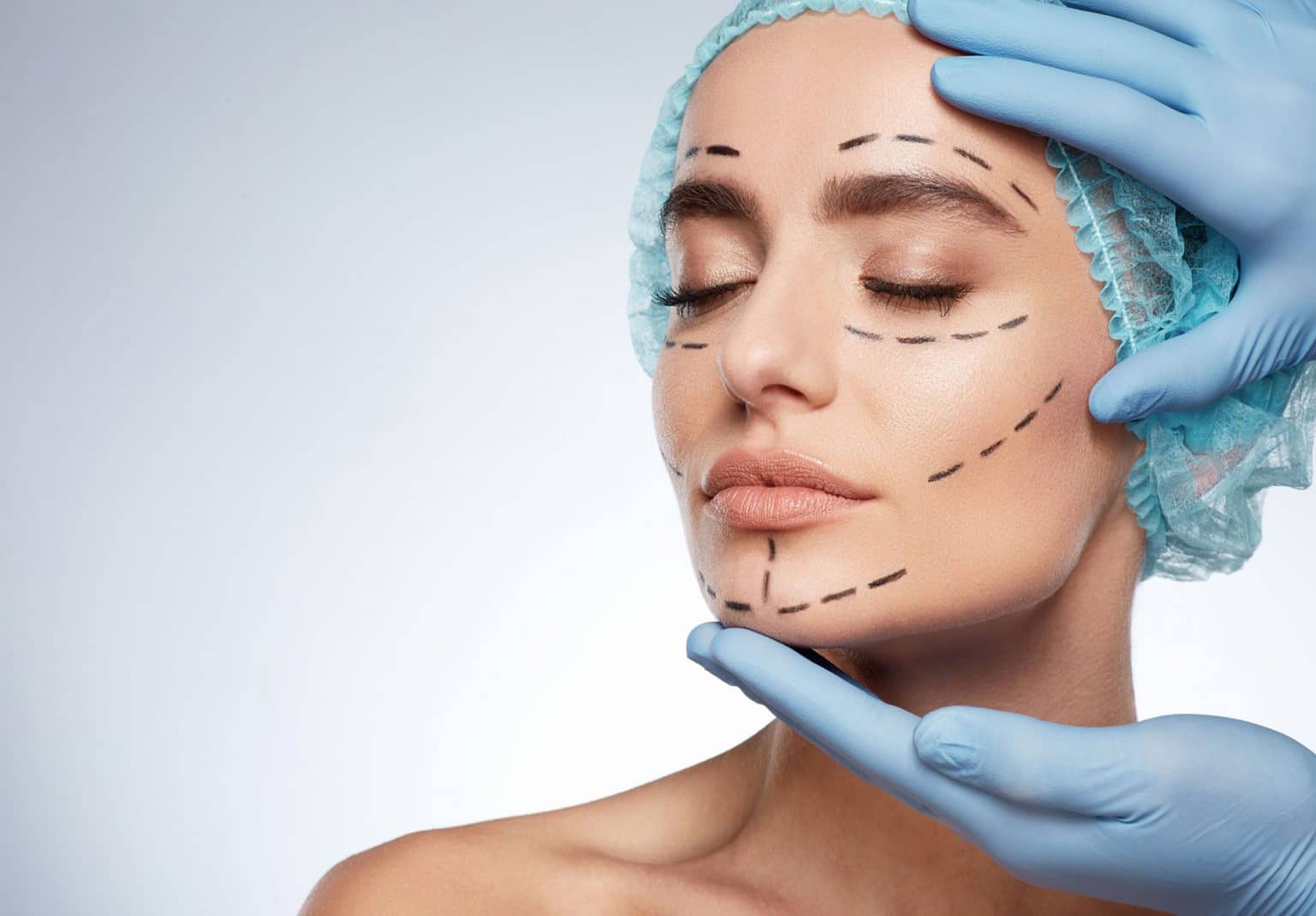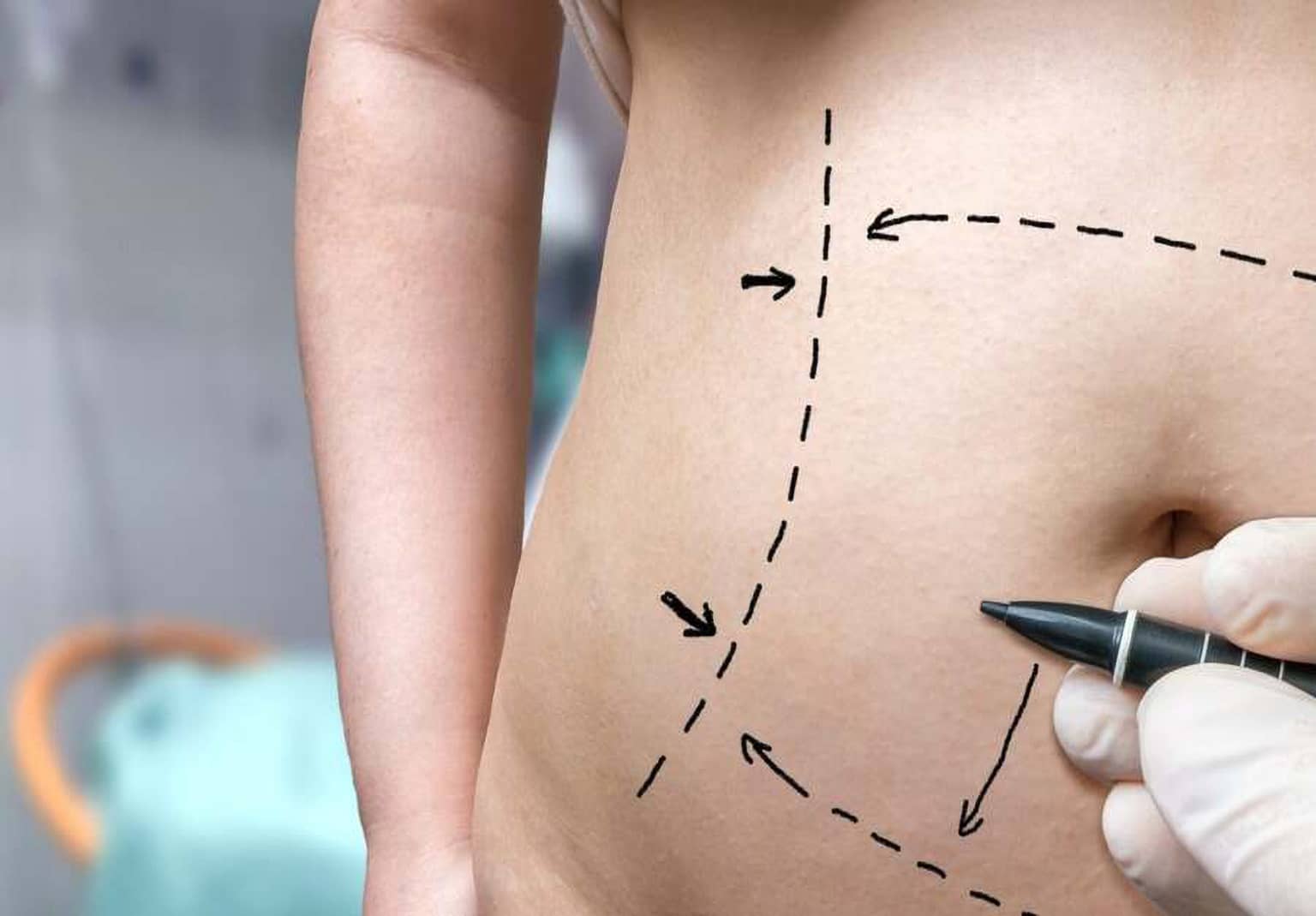A breast lift is a procedure also known as “mastopexy.” It is performed to reverse the appearance of sagging or drooping breasts—or a condition known as “ptosis.”
Putting the scientific terms aside, it’s a common procedure that’s performed on women every day. If you’re looking to join those women, you’ve likely done your research and heard about the risk of scarring after a breast lift.
Types of Scarring
There are several surgical techniques your doctor can use when performing a breast lift. There are of course several factors that play into his or her decision, but it’s important to discuss all possible options, as different techniques will result in different types of scars. For example:
- Benelli scar (donut lift): Around the border of the areola
- Vertical scar (lollipop lift): In the middle underside of the breast
- Inverted T (anchor lift): A vertical and a horizontal scar
At a certain point in the process, your doctor should be able to tell you exactly what kind of technique he or she will use, where the incisions will be made, and where scarring will likely occur.
Timeline of Scarring
Following a breast lift, scarring will be very noticeable. During this time period, in the first few weeks, patients are required to wear a surgical bra, followed by support bandages until the sutures are removed.
In the first few months, scars may appear red and raised, but they will continue to fade over time. (Though they will likely never completely fade away.) Similarly, swelling and bruising will be noticeable and apparent. During your recovery period, your doctor will recommend trusted treatments, such as silicone sheeting.
These are all areas that can be cleared up with a trusted doctor. Breast lifts are a routine procedure at St. Charles Plastic Surgery. Consider scheduling a consultation to have all your questions and concerns answered.





